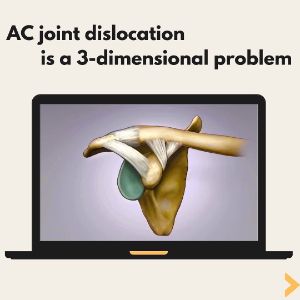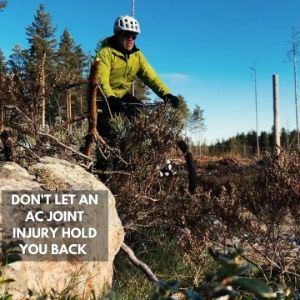Osteonecrosis, also known as avascular necrosis or aseptic necrosis, is a medical condition that primarily affects the bones, causing the death of bone tissue due to reduced blood flow, most commonly in the knees. While osteonecrosis can affect anyone, it is one of the most common causes of knee pain and loss of mobility for older women. Here are some of the factors that every woman should know about osteonecrosis of the knee joint.
Risk Factors
Women should be aware of the risk factors for osteonecrosis, as some are specific to their gender. These factors include a history of pregnancy, especially multiple pregnancies, and the use of certain medications, such as high-dose corticosteroids, which are often prescribed for autoimmune conditions like lupus or rheumatoid arthritis.
Joint Involvement
Osteonecrosis can affect various joints, but it commonly occurs in the hip and knee. Women should be vigilant for joint pain, stiffness, and reduced range of motion, especially if they have risk factors or a history of using medications associated with the condition.
Symptoms of Osteonecrosis
Recognizing the symptoms of osteonecrosis is crucial. These may include knee joint pain that worsens with activity, joint stiffness, and difficulty bearing weight on the affected joint. Understanding these signs can lead to an early diagnosis and intervention.
Early Detection
Early detection is vital for managing osteonecrosis. Women should seek medical evaluation if they experience persistent joint pain, particularly in areas at risk, or if they have risk factors. Early intervention can help preserve joint function and prevent further damage.
Diagnosis
Osteonecrosis is typically diagnosed through imaging tests like X-rays, MRI scans, or bone scans. Women should be prepared to discuss their symptoms and risk factors with their primary physician to aid in an accurate diagnosis. If osteonecrosis is diagnosed, consider the benefits of seeking treatment from an experienced orthopedic surgeon who specializes in knee and joint conditions, such as Dr. Steven Struhl.
Treatment Options
There are various treatment options available for osteonecrosis, ranging from conservative measures like physical therapy and pain management to surgical interventions. Women should be informed about these options and work with their healthcare team to determine the best approach for their specific case.
Lifestyle Considerations
Managing osteonecrosis often involves lifestyle modifications, including weight management, avoiding excessive alcohol consumption, and smoking cessation, as these factors can impact blood flow and bone health.
Future Planning
Osteonecrosis can have a significant impact on daily life. Women should be prepared to make necessary adjustments, such as adapting to mobility aids or exploring joint-preserving surgical options, to maintain their quality of life.
Every woman should be proactive about their bone health and stay informed about conditions like osteonecrosis, especially if they have risk factors or underlying medical conditions that may increase their susceptibility. Early diagnosis and management are key to preserving joint function and maintaining a good quality of life despite osteonecrosis. If you have symptoms of osteonecrosis or have received a diagnosis from your physician, consider visiting us at Steven Struhl MD – AC Joint Separation. Call our clinic in NYC or Westchester, NY, to schedule an appointment.
Posted on behalf of Steven Struhl MD





